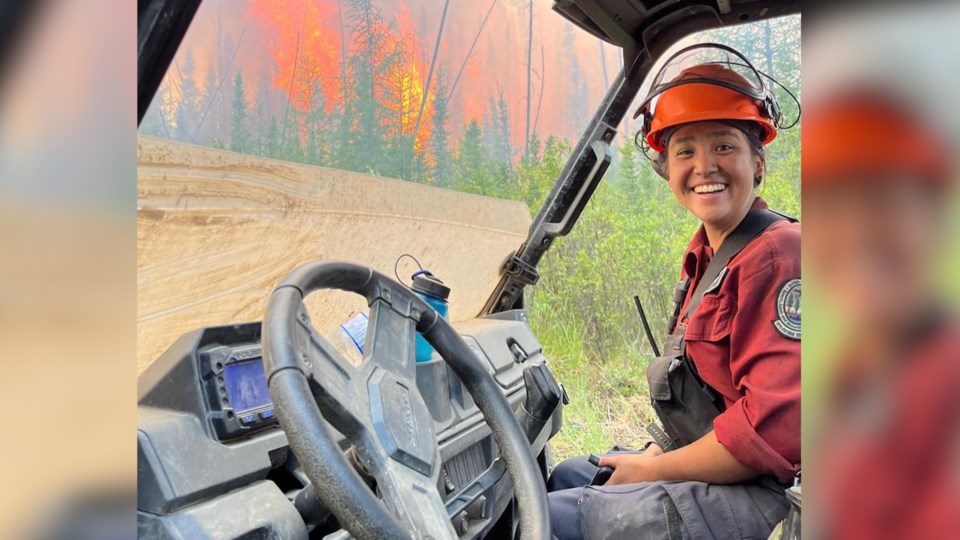The death of a B.C. firefighter is a tragic and solemn reminder of the innate courage it takes to keep us all safe — and the growing risk of wildfires in the province.
On July 13, a 19-year-old firefighter near Revelstoke died from injuries sustained from a falling tree. The firefighter, who was later identified by her brother as Devyn Gale, was brush-clearing in a remote area where a fire had recently started.
Later the same week, Adam Yeadon, 25, died while fighting a fire near his Northwest Territories home.
Not long ago, I was telling a friend about how much �ϰ������ϲʿ�����¼���� comes alive in the summer. Every day you can spot residents and visitors alike enjoying themselves with slow cups of coffee downtown, riverside beach gatherings, and backcountry adventuring.
There’s just a certain buzz that fills the air that’s tough to describe.
But as summer blossoms, there are helicopters and truckloads of firefighters who are ensuring that we actually can enjoy that buzz, as of July 14 these firefighters are currently battling 370 active blazes across B.C.
This summer also marks a rather ignominious record. In mid-June, the Donnie Creek wildfire east of Prince George was declared the largest B.C. wildfire by the B.C. Wildfire Service (BCWS) at 5,343 square kilometres and it’s since grown to over 5,800 square kilometres.
That is equivalent to over 1.4 million football fields — and that’s one fire alone.
The wildfires have gotten so bad that Bowinn Ma, the minister of emergency management and climate readiness, requested an additional 1,000 international firefighters on top of the 160 that have already come from Mexico and the U.S. on July 13.
While we’ve been largely smoke-free in �ϰ������ϲʿ�����¼����, we’ve had numerous spot fires throughout the Sea to Sky Corridor this summer, plus the recently dampened 38-hectare Shovelnose Creek fire and the ongoing 21-hectare Crawford Creek fire east of �ϰ������ϲʿ�����¼����.
Both of these scares are suspected to be human-caused. So, yes, we have been fortunate the BCWS has been able to tame these fires so quickly and without structural damage or death.
But, we have to be more vigilant.
According to a July 13 post from the District of �ϰ������ϲʿ�����¼����, 112 of the 141 total fires in the Coastal Fire Centre for 2023 are suspected to be human-caused, meaning nearly 80% of the fires could have been prevented.
Right now, there’s a blanket ban across the province, except for Haida Gwaii, for all three categories of fires. One has to wonder if this blanket ban needs to become a necessity during certain summer months rather than a choice.
Without one, we are only adding to the risk that the BCWS takes on. And, clearly, they’re already risking enough.



